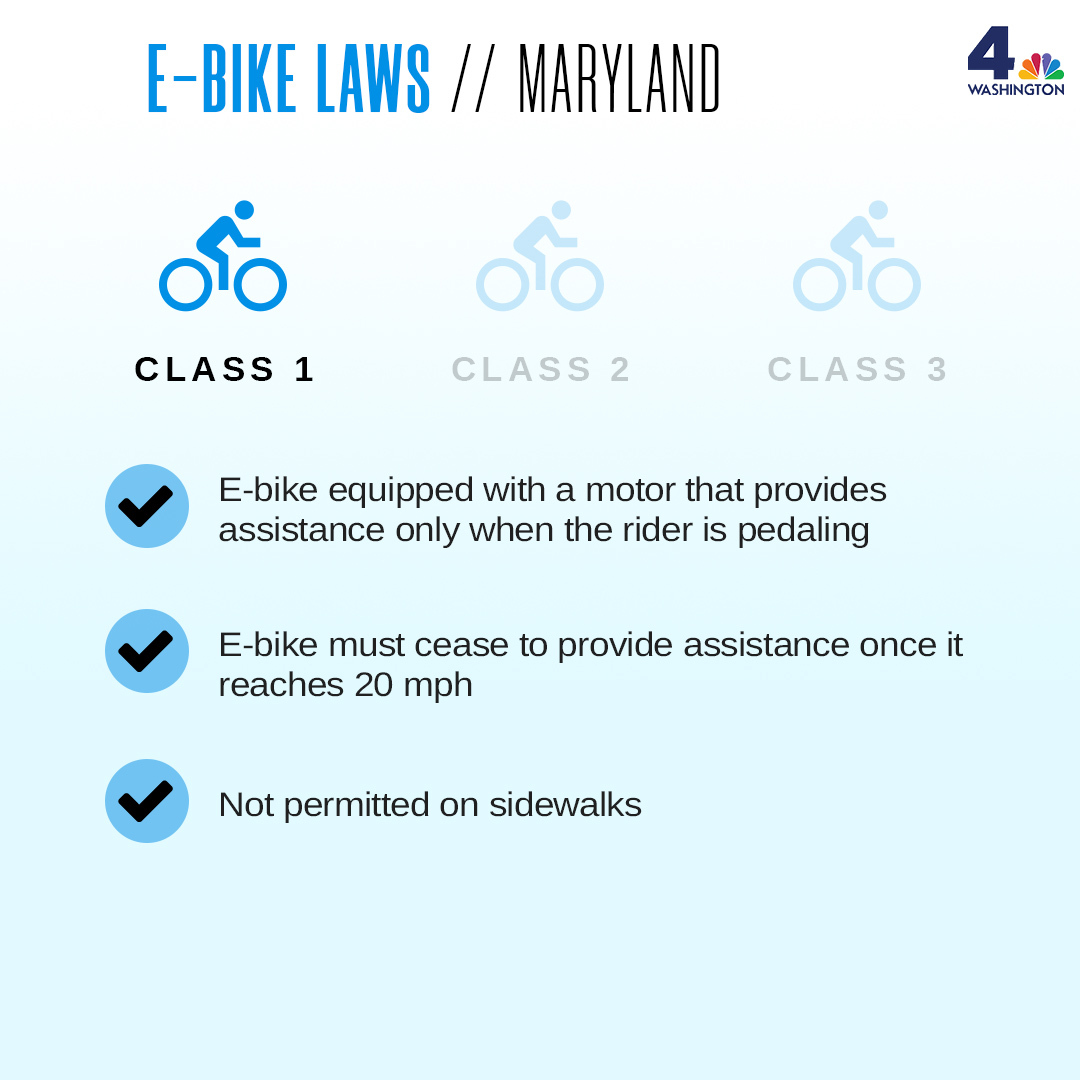Discover The Lawful Standards In Your Location To Promote Secure And Liable E-Bike Riding
Discover The Lawful Standards In Your Location To Promote Secure And Liable E-Bike Riding
Blog Article
Article By-Moran Bates
Before you get on your e-bike and struck the streets, it's important to understand the laws and laws that regulate your city. From speed restrictions to marked riding areas, there's a great deal to take into consideration to ensure you're compliant and safe. By acquainting yourself with the guidelines certain to e-bikes, you'll be much better geared up to enjoy your adventures with no unforeseen legal issues. Stay tuned to uncover vital understandings that will help you navigate the e-bike landscape in your city seamlessly.
Understanding E-Bike Classification
When it pertains to browsing the world of e-bike legislations and policies, an important beginning point is understanding the category system that classifies these electrical bikes. E-bikes are generally identified into three major groups: Class 1, Course 2, and Course 3.
Class 1 e-bikes are pedal-assist only, suggesting they give assistance while the rider is pedaling and have a maximum speed of 20 miles per hour. These bikes are allowed locations where traditional bikes are permitted.
Class 2 e-bikes are equipped with a throttle that can thrust the bike without pedaling. They also have a maximum speed of 20 mph and appropriate for cyclists that may require support without pedaling constantly.
Course 3 e-bikes are similar to Course 1 however with a higher maximum speed of 28 mph. These bikes are usually restricted from specific bike paths or trails because of their greater speeds.
Comprehending these categories is vital for following local policies and ensuring a safe and delightful e-biking experience.
Browsing Rate Restrictions and Limitations
To successfully navigate e-bike legislations and guidelines, it's vital to comprehend the rate limits and restrictions that put on different courses of electrical bicycles.
Speed limitations for e-bikes vary relying on the classification of the bike. https://fat-tire-ebike-under-100098753.myparisblog.com/32739722/uncover-the-amazing-elements-that-will-certainly-alter-the-way-you-experience-e-biking -bikes, which are pedal-assist only and have a maximum speed of 20 miles per hour, are normally allowed on bike lanes and courses.
Course 2 e-bikes, which have a throttle along with pedal-assist and additionally reach rates of as much as 20 mph, might be limited in certain locations where motorized vehicles aren't permitted.
Course 3 e-bikes, with pedal-assist as much as 28 mph, are normally required to comply with the exact same guidelines as traditional bicycles.
It is necessary to comply with these speed restrictions and constraints to ensure your safety and security and the safety of others when driving. Before riding your e-bike, familiarize on your own with the certain policies in your city to avoid any type of prospective penalties or lawful concerns.
Where to Ride Your E-Bike
To determine where you can ride your e-bike, it's vital to be aware of the policies and standards particular to your location. In a lot of areas, e-bikes are generally allowed on roadways and streets where traditional bikes are permitted. This might consist of bike lanes, bike paths, and shared highways. Nonetheless, it's important to examine neighborhood regulations as some cities might have details restrictions on where e-bikes can be ridden.
When riding your e-bike, constantly prioritize security by following website traffic rules and appreciating pedestrian sidewalks. Furthermore, be mindful of any type of designated bike lanes or courses in your location and utilize them whenever possible to ensure a smoother and more secure trip.
https://www.bikemag.com/gear/best-electric-bikes have laws pertaining to e-bike use on pathways, so see to it to acquaint on your own with these rules to avoid any kind of fines or fines.
Final thought
Since you know with the legislations and laws surrounding e-bikes in your city, you can confidently hit the trail understanding where you can ride and what constraints relate to your e-bike classification. Bear in mind to constantly prioritize security and comply with the guidelines to make sure a smooth and legal trip. Happy riding!
